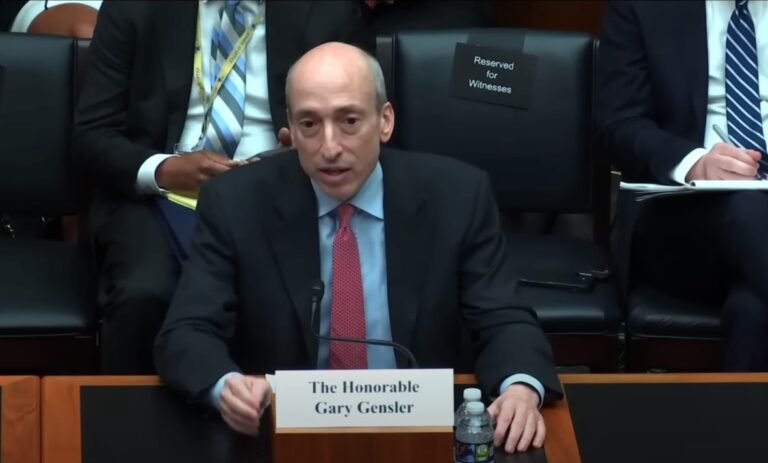In a recent opinion piece for CoinDesk, Michael Selig, Counsel at New York City law firm Willkie Farr & Gallagher LLP, expressed optimism about the direction of cryptocurrency regulation in the United States for 2024. His positive outlook is based on several developments and trends observed in the regulatory landscape.
Here’s an overview of the factors contributing to Selig’s optimism:
1. Regulatory Compromises on the Horizon
Selig predicts that 2024 may see a shift from strict regulatory enforcement to a more collaborative approach between regulators and the crypto industry. He says this change is anticipated due to the unlikelihood of comprehensive crypto legislation being passed during an election year, prompting regulators to consider interim solutions.
2. Legal Challenges Leading to Reevaluation
Selig notes significant legal setbacks for the U.S. Securities and Exchange Commission (SEC), particularly in cases against Ripple and Grayscale. He believes that these court decisions suggest that the SEC’s current regulatory approach may be reevaluated, potentially leading to a more balanced application of regulations to the crypto industry.
3. Court Rulings Pushing for Clarity
According to Selig’s opinion piece, the D.C. Circuit Court of Appeals’ unanimous decision in Grayscale’s legal challenge and the Third Circuit’s mandate for the SEC to respond to a petition for rulemaking indicate a judicial push for more clarity in crypto regulation. Selig thinks these rulings could encourage regulators to develop clearer and fairer regulatory frameworks.
4. Softening Stance of SEC Chair Gary Gensler
Selig observes a noticeable softening in Gensler’s stance towards crypto regulation. He goes on to mention that Gensler’s recent remarks, acknowledging that not all crypto assets are securities, signal a potential openness to working with the crypto industry and adapting regulatory approaches.
5. Legal Challenges Beyond Crypto
Selig points out broader legal challenges to administrative actions in other sectors, suggesting a trend of courts checking regulatory overreach. He expects broader judicial scrutiny to influence the shaping of crypto regulations.
6. Increasing Industry-Regulator Collaboration
Finally, Selig adds that the growing institutional demand for crypto and the need for regulatory approval for various products are expected to foster more interactions between the industry and regulators. He suggests that this could lead to a more nuanced and effective regulatory environment.









